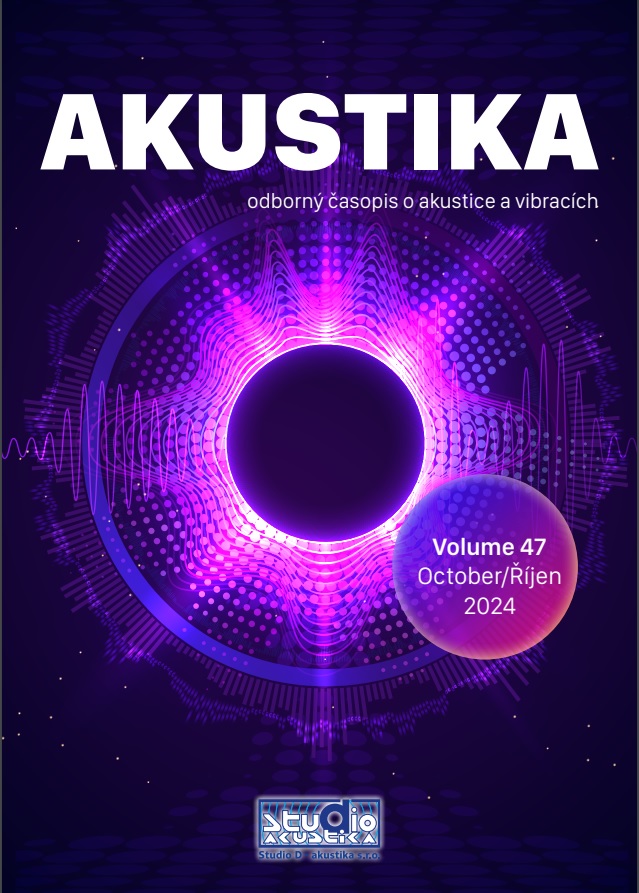ROOM ACOUSTIC MEASUREMENT METHODS IN THE PAST, PRESENT AND FUTURE, INCLUDING THE IMPORTANCE OF THE ISO 3382 SERIES
Abstract
The measurement of reverberation time in a room was introduced by W.C. Sabine a few years before 1900 with the purpose to handle acoustic problems in a lecture theatre. The sound source was organ pipes at the seven octave frequencies from 63 Hz to 4000 Hz. Later, the measurements were greatly improved by using interrupted white noise emitted by a loudspeaker and a microphone connected to a level recorder that could display the decay curve. This led to the first international standard on reverberation time measurements in 1963, intended for laboratory measurements of the sound absorption coefficient of materials. In 1975 appeared another international standard intended for reverberation time measurements, primarily in rooms for speech and music. A revision in 1997 introduced the impulse response as a basis for room acoustic measurements. This opened for derivation of other room acoustic parameters than the reverberation time, and this again led to a better understanding of how to design good rooms for music and speech. Some types of rooms are not sufficiently characterised
by the reverberation time, and for that reason a new standard appeared in 2012 with a measurement method specifically intended for open-plan offices. Future development of room acoustic measurements may include faster and more reliable methods, better methods to overcome problems at low frequencies, a method to handle the influence the high-frequency
problem of varying temperature and humidity of the air, and new ways to derive three-dimensional information on the sound reflections in a room.

Downloads
Published
Issue
Section
License
Copyright (c) 2024 Jens Holger Rindel

This work is licensed under a Creative Commons Attribution-NonCommercial-NoDerivatives 4.0 International License.
Journal Akustika is peer reviewed journal indexed in Scopus database and
Web of Science.

